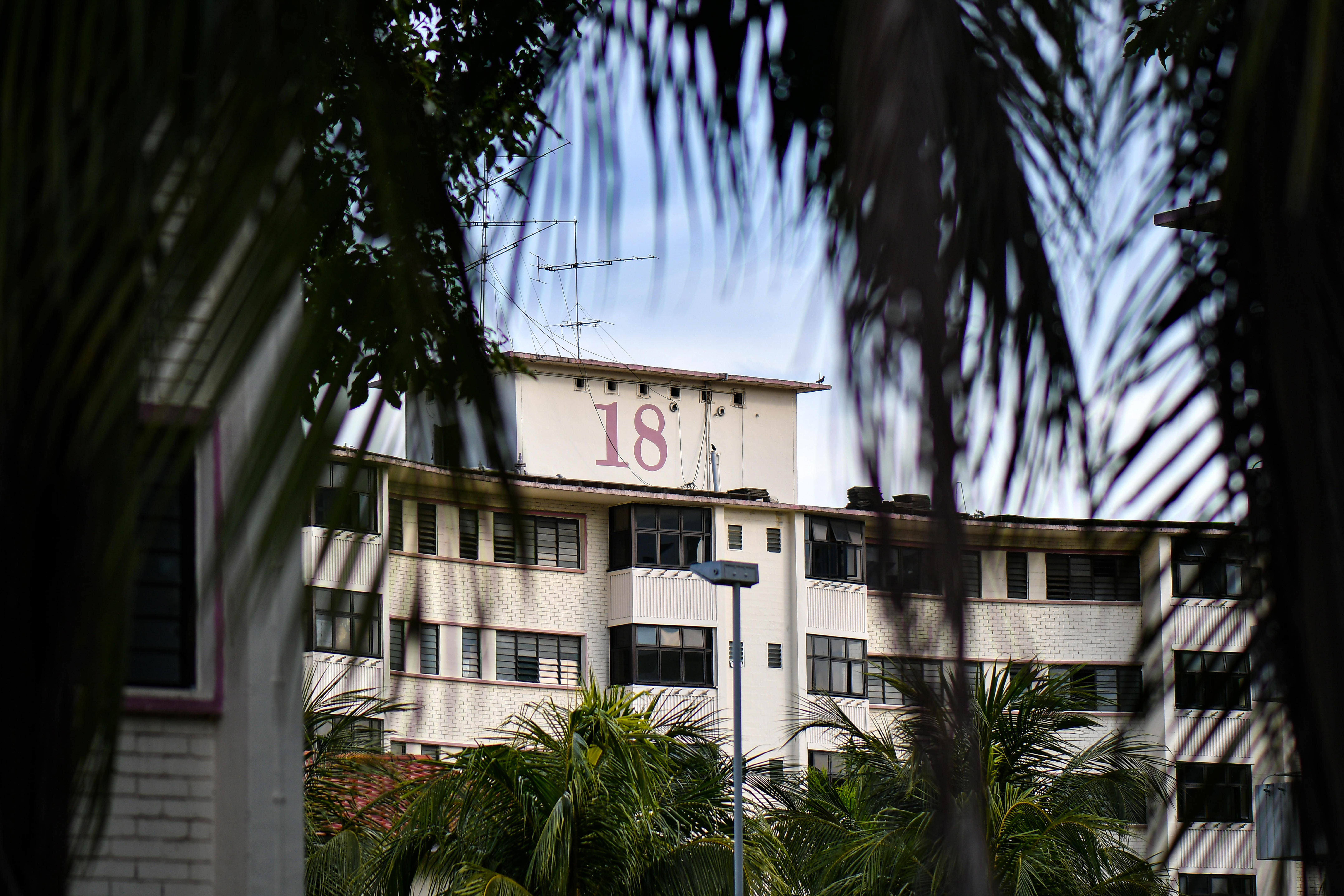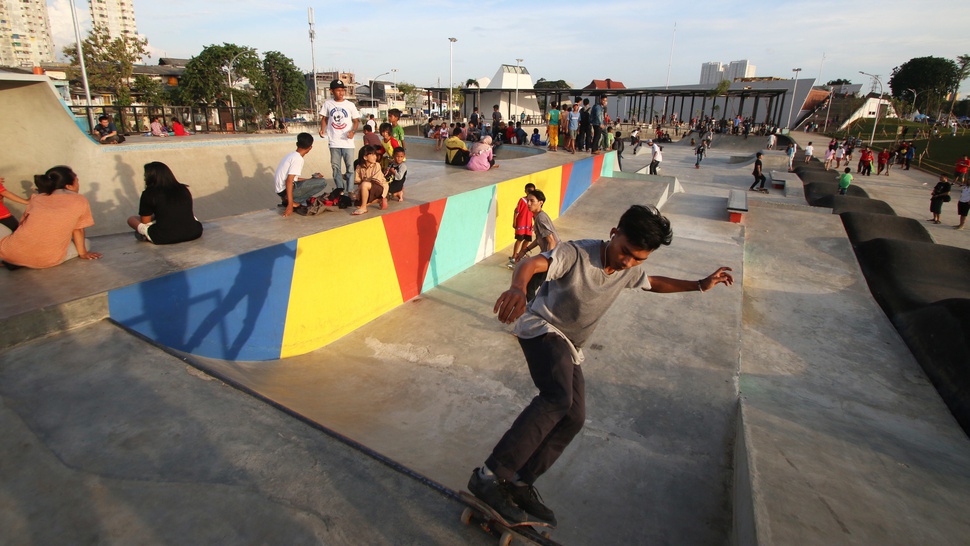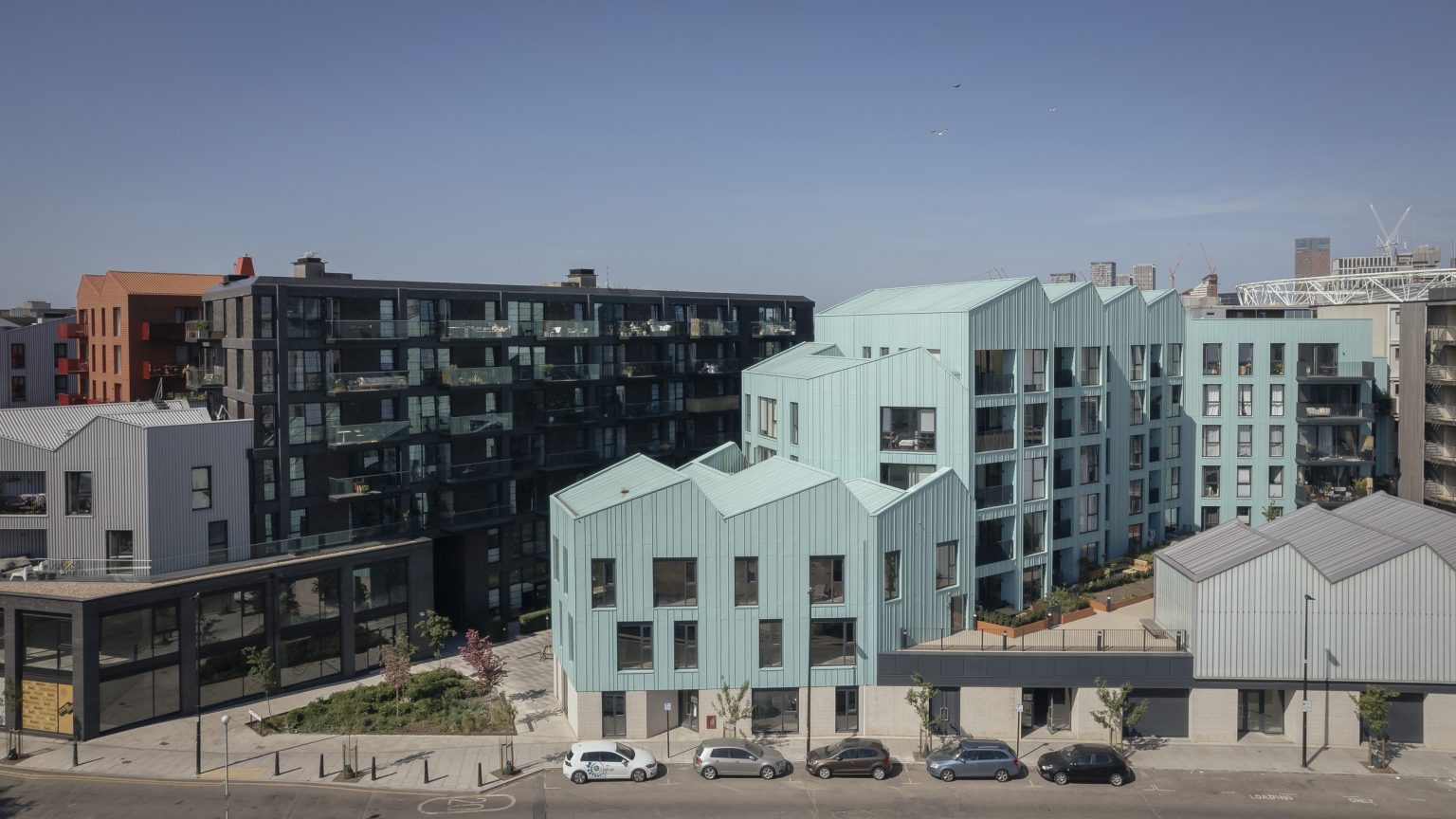When we imagine kampong heritage, we might think of architectural relics like wooden houses and open courtyards. But kampong heritage is much more — it represents a way of life built on communal values and a close connection to nature. Sadly, this culture and its traditions face mounting threats from rapid urbanisation, the loss of agricultural land and the relentless push for modern development.


Preserving this heritage, therefore, requires a concerted effort to protect both its architectural forms and the intangible culture that once flourished within these spaces. Without preserving the culture that animated the spaces, the physical structures lose their meaning. Without preserving the structures in which the social elements existed, the character of a culture loses its meaning.

A striking case is Dakota Crescent, one of Singapore’s oldest public housing estates. Built by the Singapore Improvement Trust in 1958, it became a symbol of post-war modernisation, part of the state’s project to provide housing for all. When demolition plans were announced in 2014, architects, residents and activists rallied to preserve it. Their efforts culminated in the government agreeing to save a portion of the estate in 2017, in a victory for grassroots preservation efforts. Crucially, projects like Between Two Homes documented the lived experiences of the estate’s residents, emphasising that heritage preservation must go beyond mere architectural conservation.
The success of the Dakota Crescent preservation effort underscores the importance of community involvement. The residents and volunteers led the charge, proving that local advocacy can sway government decisions. Such initiatives remind us that heritage belongs to the people who live it, and that their voices are indispensable in shaping the future of these sites.

Of course, government and policy support were also vital. In this case, authorities agreed to preserve part of the estate while developing other parts. This underscores the role of state intervention in balancing heritage conservation with development, a task growing more urgent as cities expand and the pressures of modernisation intensify.
Education and broader public awareness, often spearheaded by NGOs and grassroots movements, form another pillar of preservation. In the case of Dakota Crescent, the independent organisers who created Between Two Homes played a pivotal role in sharing residents’ stories and ensuring that the kampong spirit — marked by communal ties and shared history — was not lost in the process. Public education initiatives help to pass these cultural values to future generations, ensuring that heritage is not merely preserved but understood.


The case of Dakota Crescent shows that preserving kampong heritage demands a delicate interplay of community action, government support and public engagement to ensure that both the physical and cultural legacies endure in the face of relentless urbanisation. As designers, we are in a unique position to facilitate the cooperation of these groups, and to make it part of the process in projects small and large, creating spaces and cities that look to the future without forgetting the past.
Read more about our efforts in preserving kampong history here.





